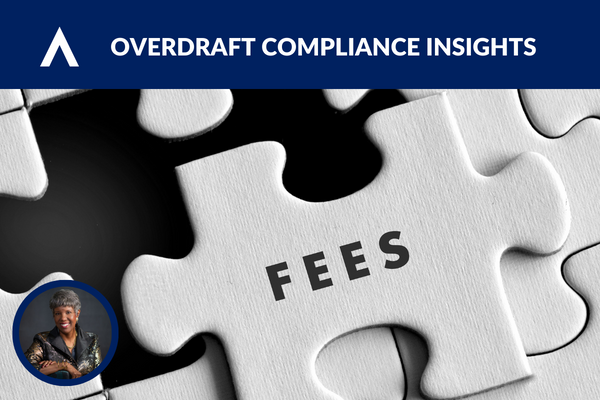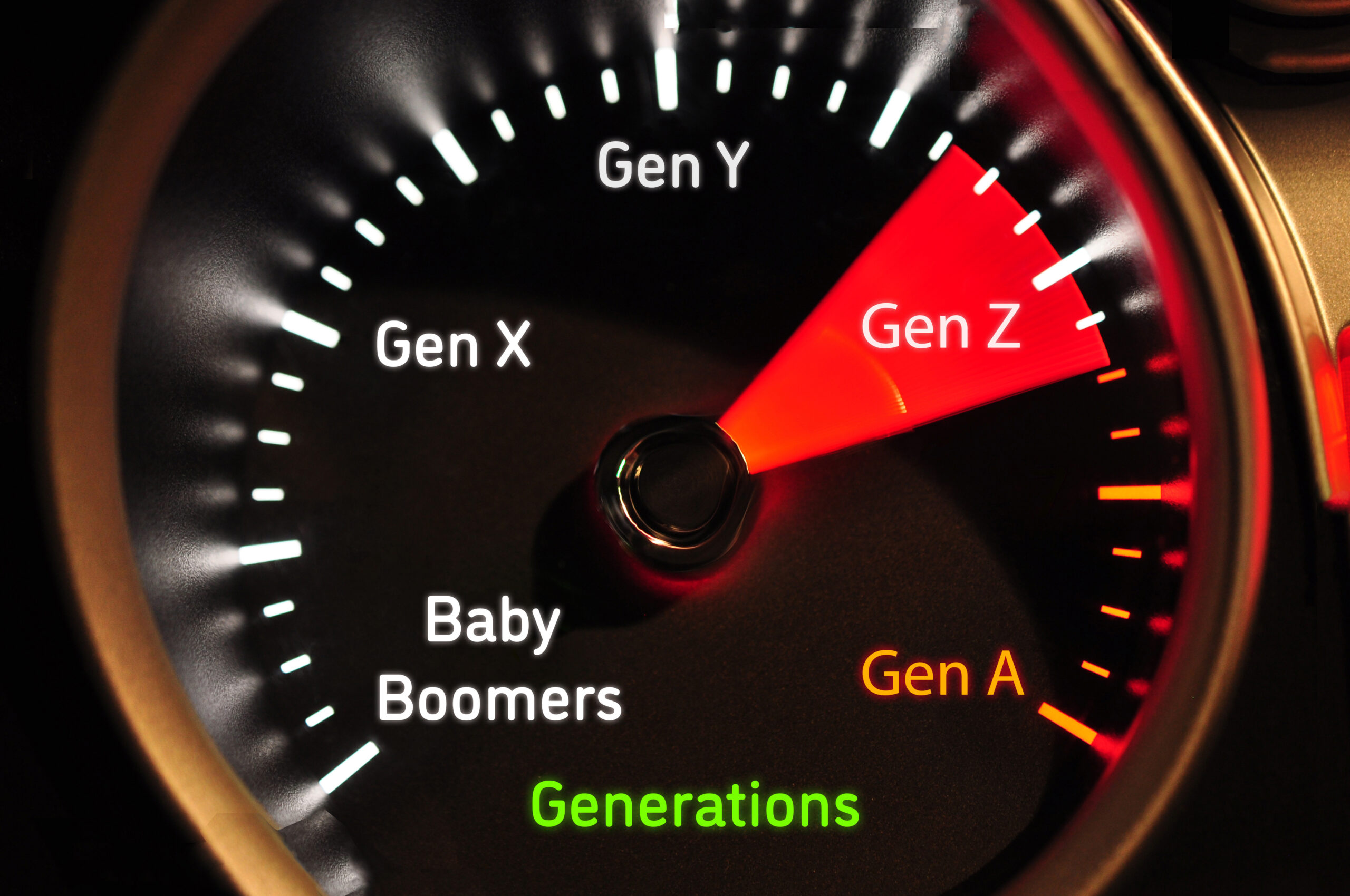
Decoding the CFPB’s Overdraft and Non-Sufficient Fund Fees Survey
Categories:
The Consumer Financial Protection Bureau (CFPB) recently released its Overdraft and Nonsufficient Fund Fees survey, shedding light on the financial landscape of consumer households. The survey delves into a range of takeaways. With an in-depth analysis of consumer behaviors and the practices of financial institutions, we navigate through the complexities of the report to uncover its significant implications and explore what it means for the future of banking and consumer financial protection.
The CFPB’s release of Overdraft and Nonsufficient Fund Fees: Insights from the Making Ends Meet Survey and Consumer Credit Panel[1] came the week before Christmas 2023. The report restates earlier conclusions that roughly a quarter of consumer households were charged an overdraft or NSF fee in the past year. The survey asked consumers if they were “surprised” about their most recent overdraft or NSF fee and found that consumers who were charged more fees were less likely to be surprised than consumers who infrequently overdrew their accounts.
The CFPB analysis data came from 2,136 consumers who received a CFPB Making Ends Meet survey. The research questions included:
- How often do consumers incur overdraft and NSF fees?
- When consumers overdraft their account or are charged an NSF fee, how often is the overdraft transaction or the NSF fee expected, as opposed to being a surprise?
- How are consumers’ overdraft and NSF-related experiences related to their socioeconomic and demographic characteristics, as well as their credit- and debit-related characteristics and financial well-being?
The report concludes that 26.5% of consumers were charged overdraft or NSF fees in the prior year. That means nearly three-quarters (73.5%) of the surveyed consumer households were not charged those fees. Of the consumers charged from 1-3 overdraft or NSF fees, 51% were surprised by the fee, while only 16% of consumers with 10 or more fees reported being surprised. This report does not comment that consumers could be surprised by fees resulting from a lack of transparency about overdraft handling in the CFPB-supervised financial institutions included in the survey.
In the analysis, the number of consumers declines as the number of overdraft fees increases, so 14.8% of consumers were charged 1-3 overdraft fees, 5.5% were charged 4-10 overdraft fees, and 3.2% were charged more than ten overdraft fees. This data is consistent with earlier CFPB analysis that stated, “Most overdraft fees are paid by a small fraction of bank customers: eight percent of customers incur nearly 75 percent of all overdraft fees.”[2] The analysis also shows that overdraft and NSF fees occur more in economically disadvantaged households (35% of households with incomes between $35,001 and $65,000 versus only 18% of households with incomes between $100,001 and $175,000) and for consumers with lower average credit scores. Most consumers (81%) in the analysis with 10 or more overdraft and NSF fees also reported difficulty paying a bill at least once in the past year.
This report comments on the changes within CFPB-supervised financial institutions, stating that nearly two-thirds of banks and one-quarter of credit unions have eliminated NSF fees. Among the 20 banks that reported the most Overdraft/NSF revenue during 2021, the report states that seven have reduced or eliminated overdraft fees in the most recent year. It is unlikely that the consumers included in the survey have experience with a fully transparent, disclosed overdraft solution. Most CFPB-supervised financial institutions do not disclose a fixed overdraft limit, so consumers are less likely to have confidence that an overdraft will be paid.
KEY TAKEAWAYS
- The CFPB report states that “some consumers appear to use overdraft credit often and intentionally, despite its high cost as a source of credit.” While the report does not indicate any regulatory change to overdraft and NSF fees, CFPB Director Rohit Chopra indicated in his November 2023 testimony to the House Financial Services Committee that changes were likely coming. This research does not add new insight into the issues of consumer behavior.
- The American Bankers Association (ABA) criticizes the Consumer Financial Protection Bureau’s (CFPB) overdraft report, calling it misleading. Their statement emphasizes that many community banks offer transparent overdraft services with clearly disclosed fees to consumers — and that an overwhelming majority of consumers find them valuable. The ABA also points out that the release fails to include that 74% of surveyed consumers did not pay overdraft fees last year. They argue for a more comprehensive survey, referencing a Morning Consult survey indicating that 88% of consumers find their bank’s overdraft protection valuable. Other key points from the Morning Consult survey include:
- Nine in 10 consumers (88%) found their bank’s overdraft protection valuable
- Nearly 8 in 10 consumers (77%) who paid an overdraft fee in the past year were glad their bank covered their overdraft payment, rather than returning or declining payment
- And 63% percent of consumers think it’s reasonable for banks to charge a fee for an overdraft, as opposed to only 24% who think it’s unreasonable
- The Consumer Bankers Association also issued a statement in response to the CFPB’s report. They commented that the report excluded “credit invisible” Americans, about 26 million, from its analysis. They argue that overdraft services are crucial for consumers lacking access to traditional credit, serving as a safety net against short-term financial gaps and unexpected expenses. The Association suggests that without overdraft options, these individuals might resort to riskier, less-regulated credit sources like payday loans or pawn shops. They also point out that the CFPB’s report may confuse correlation with causation by linking frequent overdraft use with struggles in bill payments.
- The CFPB’s analysis is reflective of a population of consumers that likely has no experience with a disclosed overdraft program. It’s important to understand that ADVANTAGE’s clients serve consumers who are educated and informed about their overdraft options. The “surprise” fee assessment is rare in disclosed programs for consumers. A well-disclosed program puts the consumer FIRST.
In summary, the CFPB’s report provides a critical lens through which we can view the current state of consumer banking practices, particularly in relation to overdraft and NSF fees. While it highlights the complexity of managing a successful overdraft service, it’s evident that there is a need for greater transparency and consumer education. As we continue to monitor the evolving regulatory environment, one constant remains—there is a strong emphasis on prioritizing transparency, fairness, and consumer well-being.
[1] “Overdraft and Nonsufficient Fund Fees: Insights from the Making Ends Meet Survey and Consumer Credit Panel,” Consumer Financial Protection Bureau, December 19, 2023.
[2] “Data Point: Frequent Overdrafters, Consumer Financial Protection Bureau, August 4, 2017.
For more about overdraft compliance, check out our recorded webinar, “Overdraft Year in Review: Navigating Regulatory Expectations in 2024.”
If you have questions or want to learn more about a consumer-first overdraft strategy or how to receive a complimentary evaluation, contact your local representative.
Cheryl Lawson has more than 30 years of experience in information technology and financial operations, as well as consulting, communications, training, and project management. She serves as ADVANTAGE’s principal compliance liaison for regulatory requirements of overdraft services, including consumer protection issues and strategies that enhance safety and soundness.




